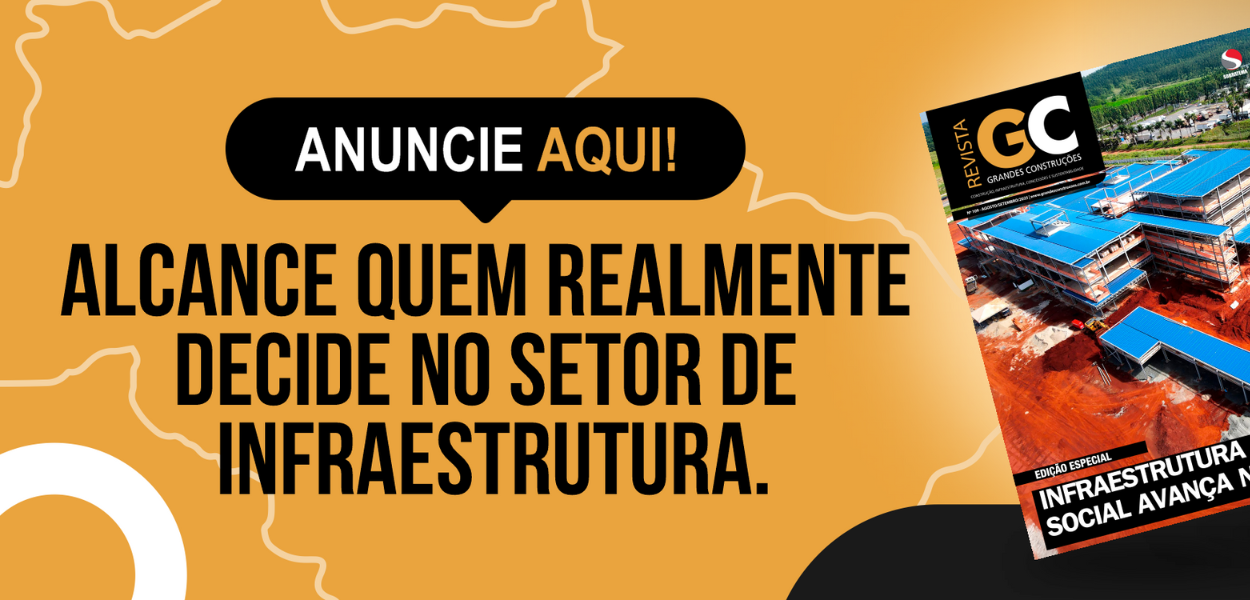Area of Guaiba waterfront is looking for a new chance

Project of revitalization will install new equipment at the river banks and will integrate nature with the urban life of the capital
The revitalization process of the Guaiba Waterfront, in the city of Porto Alegre, is an ambitious project that finally started to get out of the paper two years ago, after the conclusion of the “Waterfront Report”. The refurbishment of the waterfront was in a slow pace since 2012 when the Conselho Municipal de Desenvolvimento Urbano Ambiental (CMDUA – City Council of Environmental Urban Development) approved the Study of Urbanistic Feasibility (EVU) of the Urban Park. The project was developed by the office of the architect Jaime Lerner, hired by the municipality without auction due to its “notorious knowledge”. At that time, this decision of the city mayor was considered quite polemic.
Approximately 10 months after the start of the works, the revitalization of the first section of Guaiba waterfront reaches 50 percent of conclusion and the municipality is confirming the complete delivery for 2017. Works are being carried out in a range of 1.3 km located between the Gasômetro Plant and the Rótula das Cuias. The project developed by the architect Jaime Lerner for the Waterfront Revitalization involved new walkways, bicycle lanes, harbor, pubs and restaurants (including a floating building on the Guaiba River). Works were carried out by the winners of the auction, that were joined in the consortium Orla Mais Alegre, formed by the companies Procon, Sadenco and SH Estruturas Metálicas.
Legacy for the city
The purpose of the “Waterfront Report” was to revitalize the river banks in a planned, integrated and global way, integrating the project to a set of other urbanistic works and projects that intend to leave a strong legacy for the next generations. One of its main faces is the clean-up and environmental recovery of the river, which will be transformed in the pulsating heart of a new city. When it was designed, Porto Alegre and the state of Rio Grande do Sul were not still facing the intense financial crisis that reduced the income of the state and is compromising a series of public services with regrettable effects on the urban life, mainly in the local safety. Due to this situation, the government called the National Safety Force to face violence in Porto Alegre and other cities.
The 70 km of the Guaiba Waterfront (from the Cape of Gasômetro, at the North of the lake, to the Lami Beach, in the extreme South) were divided in 19 sections, each one with its peculiarities and opportunities. The study was focused in the sections 5, 6, 7 and 8, from the Gasômetro Plant to the limits with the Iate Clube Guaíba (Cape of Dionísio). A strategic plan of urban qualification and several urbanistic interventions which may allow the population to use and enjoy these spaces was also proposed.
Comparing the areas of Guaiba Waterfront and Flamengo Embankment, in Rio de Janeiro, the study has shown that the installation of the project was not only economically and environmentally feasible but also was the main way to increase the interaction of the population with its main postcard. Gradually, the birth of some projects is already changing the landscape of the Guaiba River banks.

Av. Francisco Matarazzo, 404 Cj. 701/703 Água Branca - CEP 05001-000 São Paulo/SP
Telefone (11) 3662-4159
© Sobratema. A reprodução do conteúdo total ou parcial é autorizada, desde que citada a fonte. Política de privacidade










